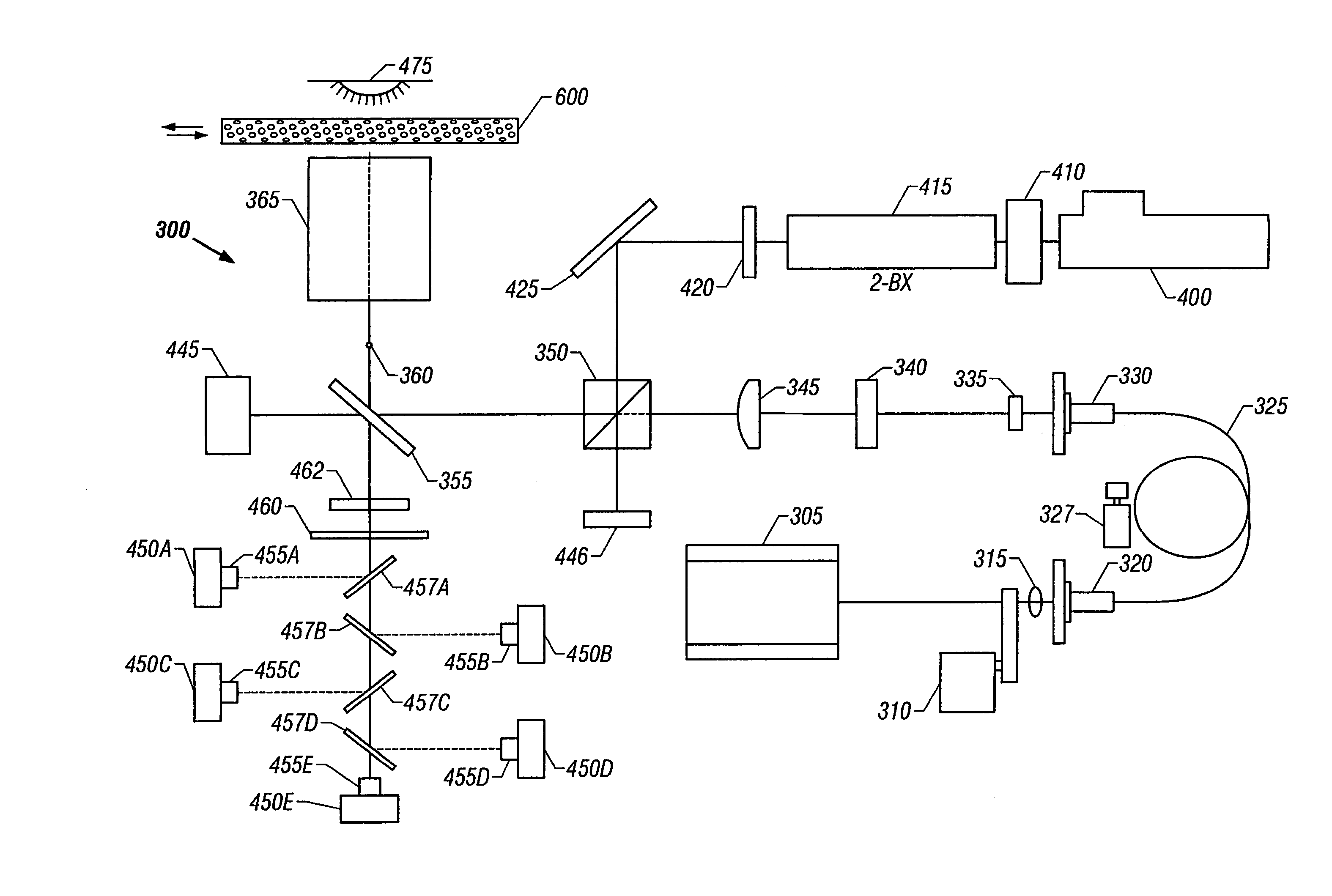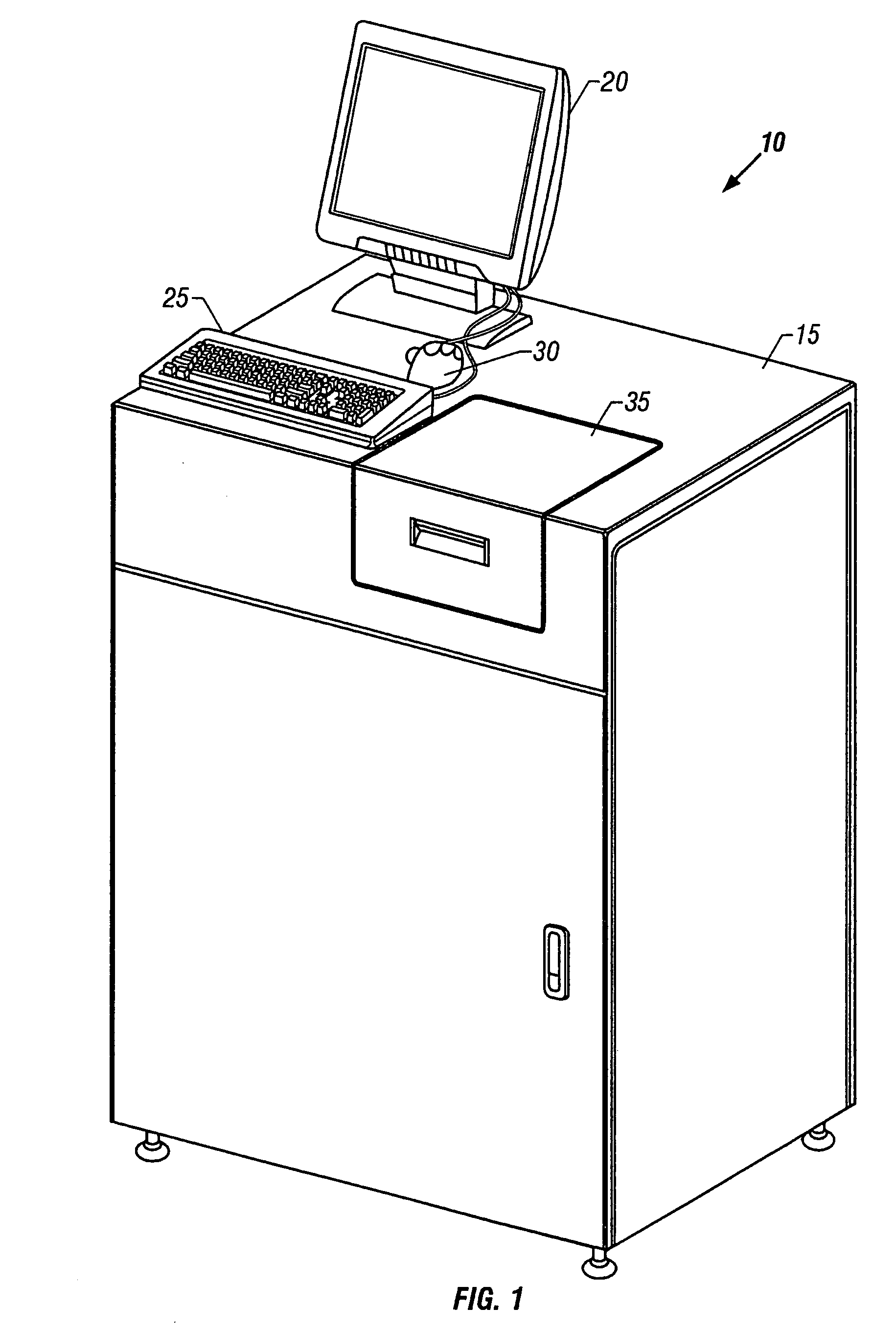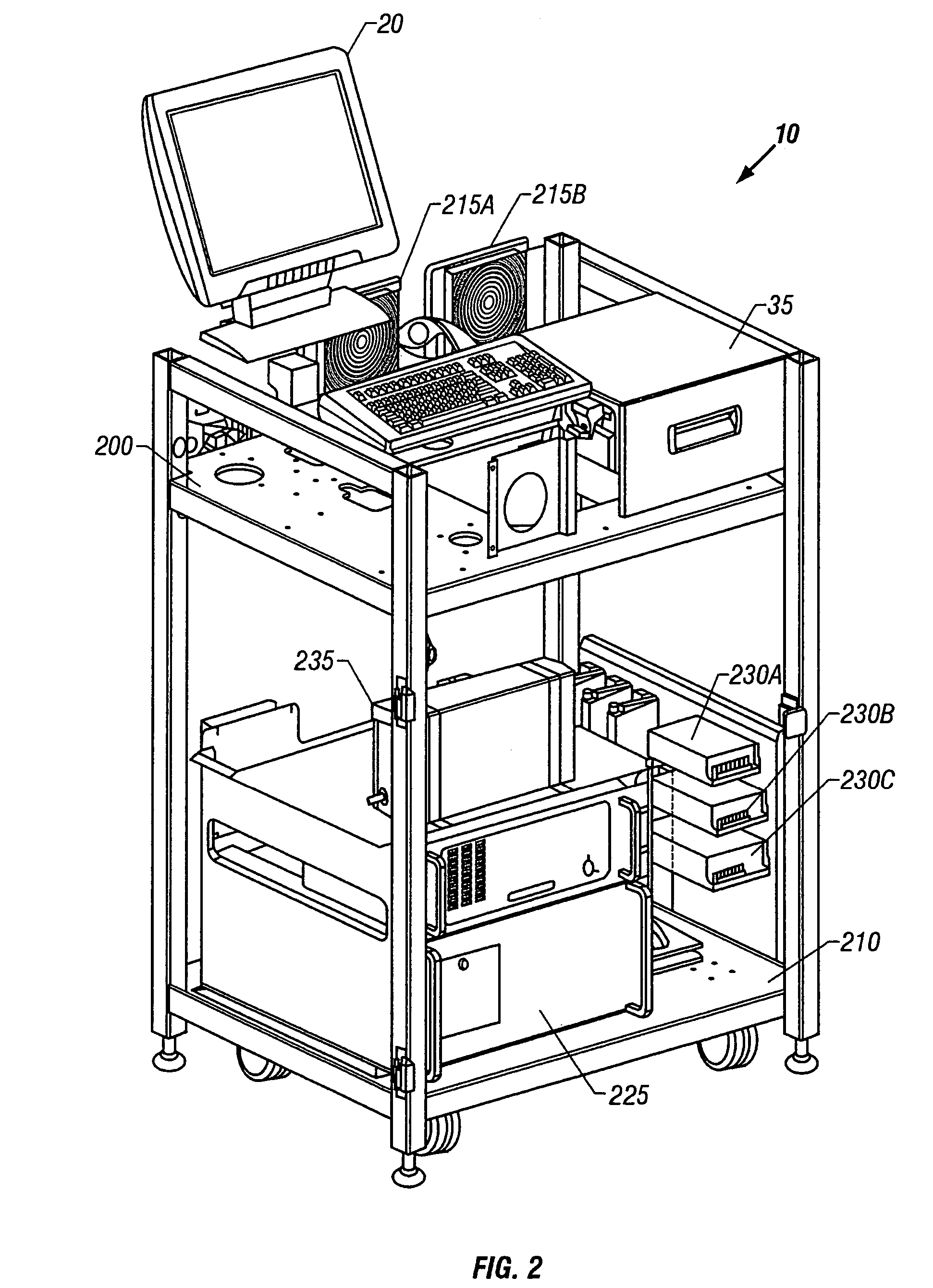Method and device for selectively targeting cells within a three-dimensional specimen
a three-dimensional specimen and cell technology, applied in the field of three-dimensional specimen selective targeting, can solve the problems of difficult to achieve effective separation of target cells, difficult to reconstitute viable tissue with remaining cells, and difficulty in achieving the degree of specificity required to prevent collateral damage to surrounding tissu
- Summary
- Abstract
- Description
- Claims
- Application Information
AI Technical Summary
Benefits of technology
Problems solved by technology
Method used
Image
Examples
example i
Autologous HSC Transplantation
[0113]A patient with a B cell-derived metastatic tumor in need of an autologous HSC transplant is identified by a physician. As a first step in the treatment, the patient undergoes a standard HSC harvest procedure, resulting in collection of approximately 1×1010 hematopoietic cells with an unknown number of contaminating tumor cells. The harvested cells are enriched for HSC by a commercial immunoaffinity column (Isolex® 300, Nexell Therapeutics, Irvine, Calif.) that selects for cells bearing the CD34 surface antigen, resulting in a population of approximately 3×108 hematopoietic cells, with an unknown number of tumor cells. The mixed population is thereafter contacted with anti-B cell antibodies (directed against CD20 and CD23) that are conjugated to phycoerythrin, and anti-CD34 antibodies that are conjugated to CyChrome™.
[0114]The mixed cell population is then placed in a sterile specimen container on a substantially flat surface near confluence, at ap...
example ii
Allogeneic HSC Transplantation
[0115]In another embodiment, the significant risk and severity of graft-versus-host disease in the allogeneic HSC transplant setting can be combated. A patient is selected for an allogeneic transplant once a suitable donor is found. Cells are harvested from the selected donor as described in the above example. In this case, the cell mixture is contacted with phycoerythrin-labeled anti-CD3 T-cell antibodies. Alternatively, specific allo-reactive T-cell subsets could be labeled using an activated T-cell marker (e.g. CD69) in the presence of allo-antigen. The cell population is processed by the apparatus described herein, thereby precisely defining and controlling the number of T-cells given to the patient. This type of control is advantageous, because administration of too many T-cells increases the risk of graft-versus-host disease, whereas too few T-cells increases the risk of graft failure and the risk of losing of the known beneficial graft-versus-leu...
example iii
Allogeneic HSC Transplantation
[0116]In another application, the present apparatus is used to remove contaminating cells in inocula for tissue engineering applications. Cell contamination problems exist in the establishment of primary cell cultures required for implementation of tissue engineering applications, as described by Langer and Vacanti, Sci. Amer. 280:86–89 (1999). In particular, chondrocyte therapies for cartilage defects are hampered by impurities in the cell populations derived from cartilage biopsies. Accordingly, the present invention is used to specifically remove these types of cells from the inocula. For example, a cartilage biopsy is taken from a patient in need of cartilage replacement. The specimen is then grown under conventional conditions as described in Brittberg et al., N.E.J. Med. 331:889–895 (1994). The culture is then stained with a specific label for any contaminating cells, such as fast-growing fibroblasts. The cell mixture is then placed within the app...
PUM
| Property | Measurement | Unit |
|---|---|---|
| wavelength | aaaaa | aaaaa |
| focal length | aaaaa | aaaaa |
| focal length | aaaaa | aaaaa |
Abstract
Description
Claims
Application Information
 Login to View More
Login to View More - R&D
- Intellectual Property
- Life Sciences
- Materials
- Tech Scout
- Unparalleled Data Quality
- Higher Quality Content
- 60% Fewer Hallucinations
Browse by: Latest US Patents, China's latest patents, Technical Efficacy Thesaurus, Application Domain, Technology Topic, Popular Technical Reports.
© 2025 PatSnap. All rights reserved.Legal|Privacy policy|Modern Slavery Act Transparency Statement|Sitemap|About US| Contact US: help@patsnap.com



